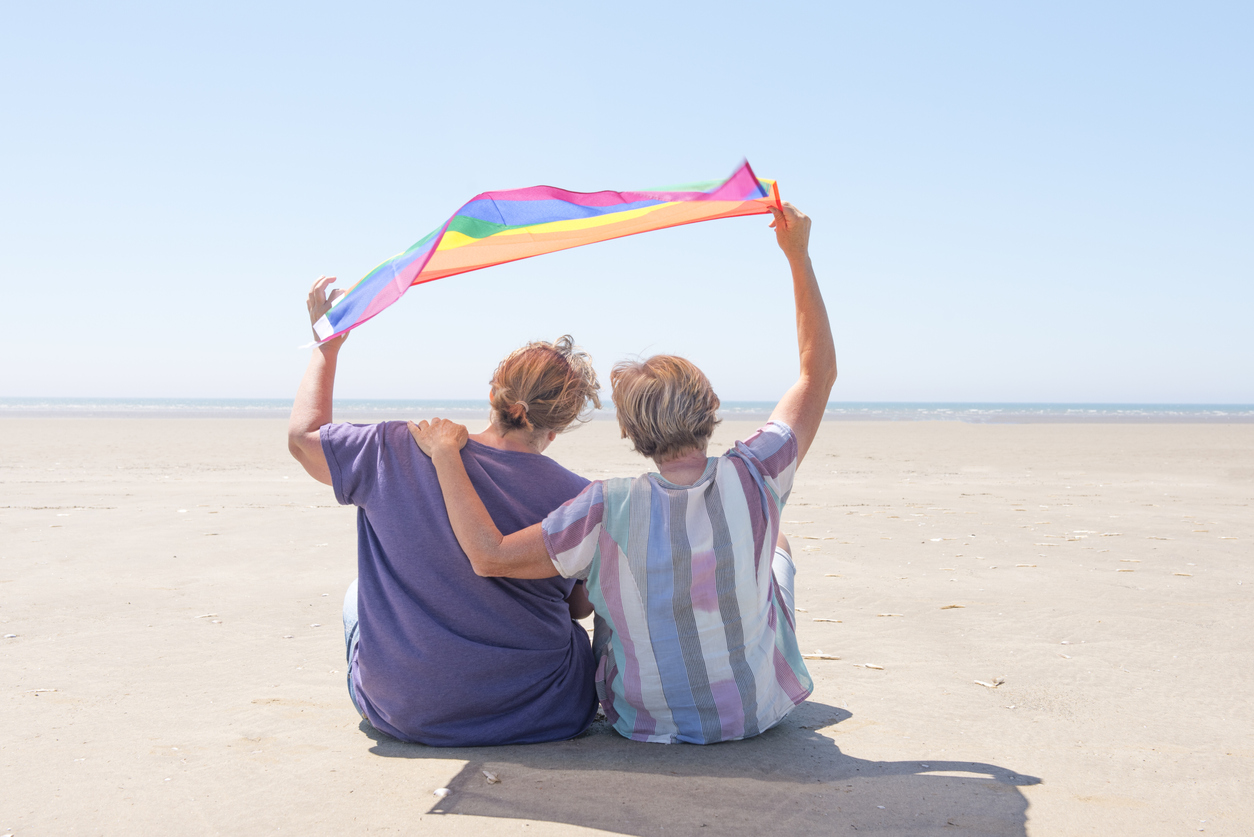
Currently, there are more than 39 million people in the United States that are age 65 years or older. This number includes over 2.4 million people who openly identify as lesbian, gay, bisexual, transgender, or queer. As the baby boomer generation continues to age, caregivers for LGBTQ elders need to be sensitive to the concerns and history of LGBTQ people. It is important for nurse educators to teach nursing students to be open-minded, affirming, and supportive towards LGBT older adults to ensure accessible, competent, quality care.
- Teach a basic understanding of LGBTQ history. Learning an inclusive curriculum can help us better understand the world and all our unique differences. This can lead to a better understanding of the struggles, discriminations, and hardship the LGTQ population has faced over the years. These hardships had formative experience on their outcomes and may help better care for the LGBTQ patient on a personal level.
- Create an open-minded, affirming, and supportive atmosphere. It is important to teach students how to create a welcoming environment (see video below). Making your patient feel comfortable allows for the patient to be open about serious health issues or symptoms. This is particularly important with LGBTQ patients, as there are specific illness and diagnosis that can be uncovered when the caregiver is aware of the patient’s sexual orientation. Differences and lack of reassuring legal protections may cause older LGBTQ patients to be less open about their sexuality.
- Be aware of patient isolation. Isolation is a serious concern for caregivers when dealing with LGBTQ patients in a healthcare setting. Not only will the individual isolate themselves, but other patients/residents may isolate them due to personal beliefs. It is crucial for educators to prepare students for this type of behavior in the healthcare setting and how to deal with patients and residents who are not sensitive to the matter. LGBTQ patients may be threatened or be in danger, so defusing the situation early on is needed. Older LGBTQ patients face dual discrimination due to their age and for their sexual orientation or gender identity.
As the aging LGBTQ population is expected to grow by an estimated 19 percent by 2030, it is important to teach, train, and prepare future caregivers for these unique scenarios and ways to manage a new population. As health educators, educating your students on LGBTQ history allows for a better understanding of this population, who have a set of unique needs and protections.
Kurtis Kabel is Pocket Nurse Account Manager for the South East region. He is on Twitter @KurtPocketNurse, and can be reached at kkabel@pocketnurse.com.






